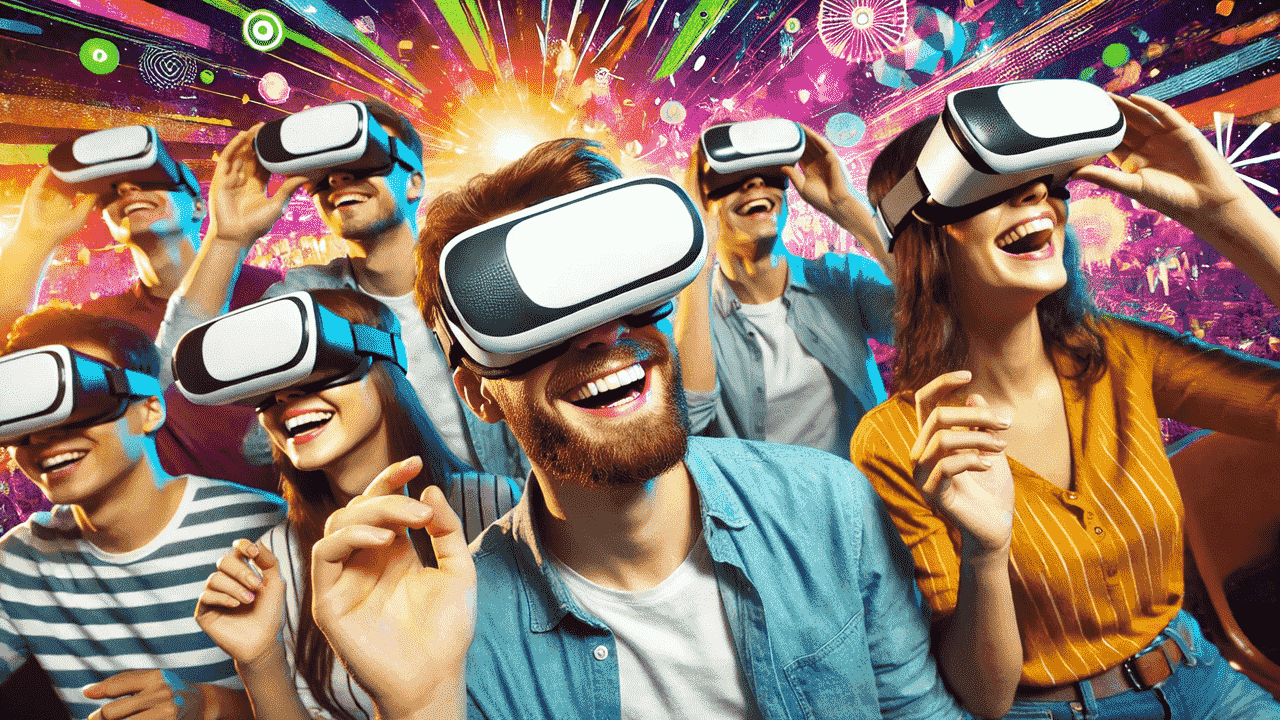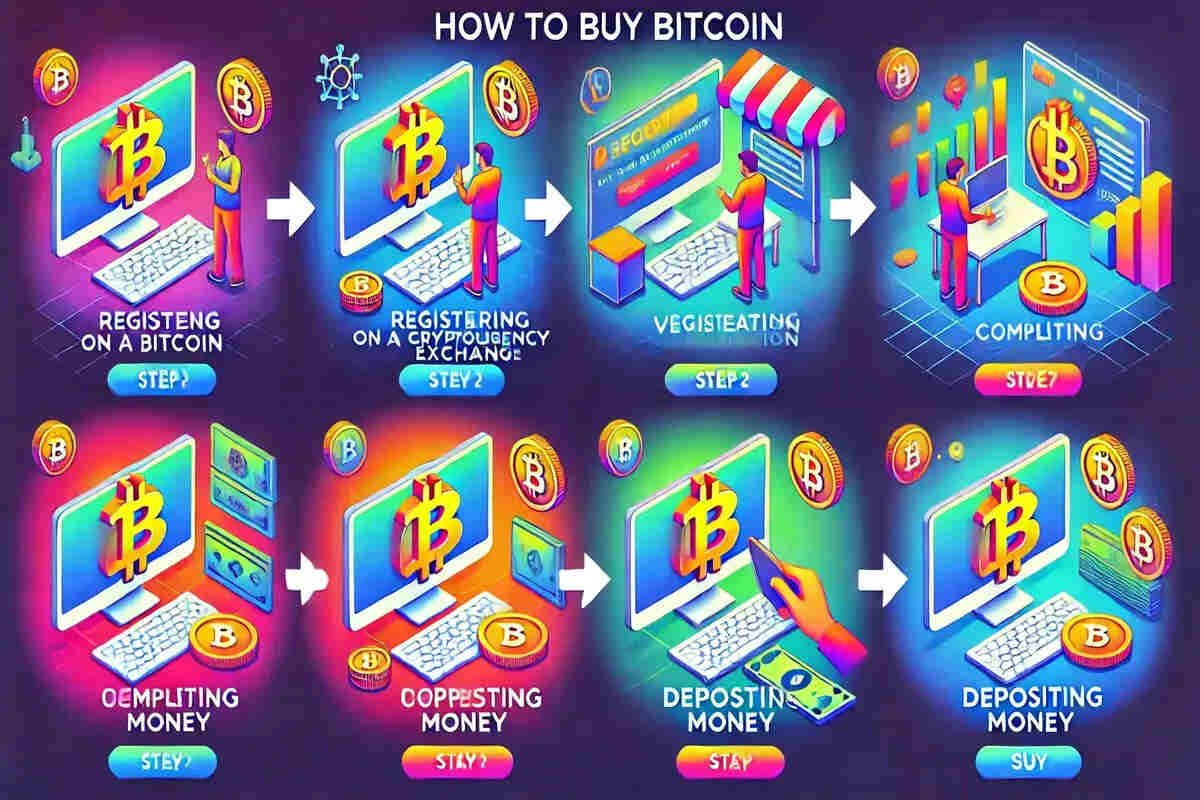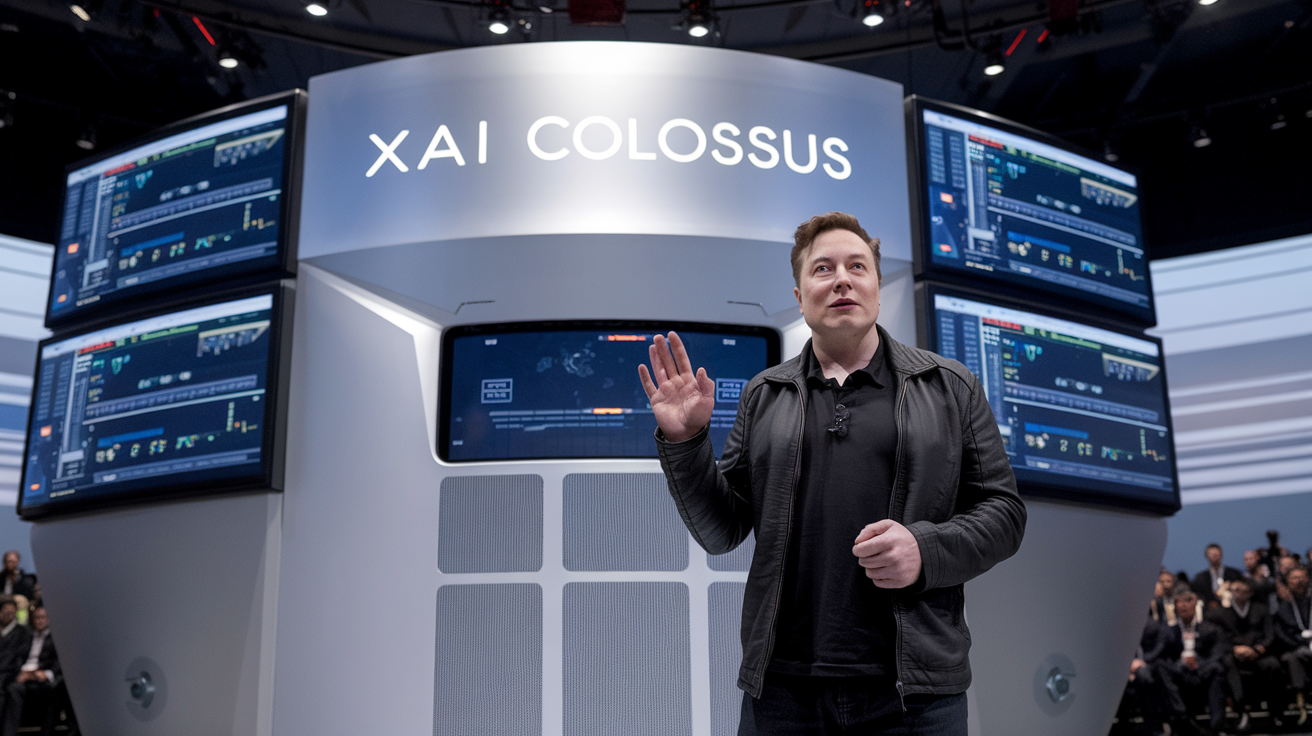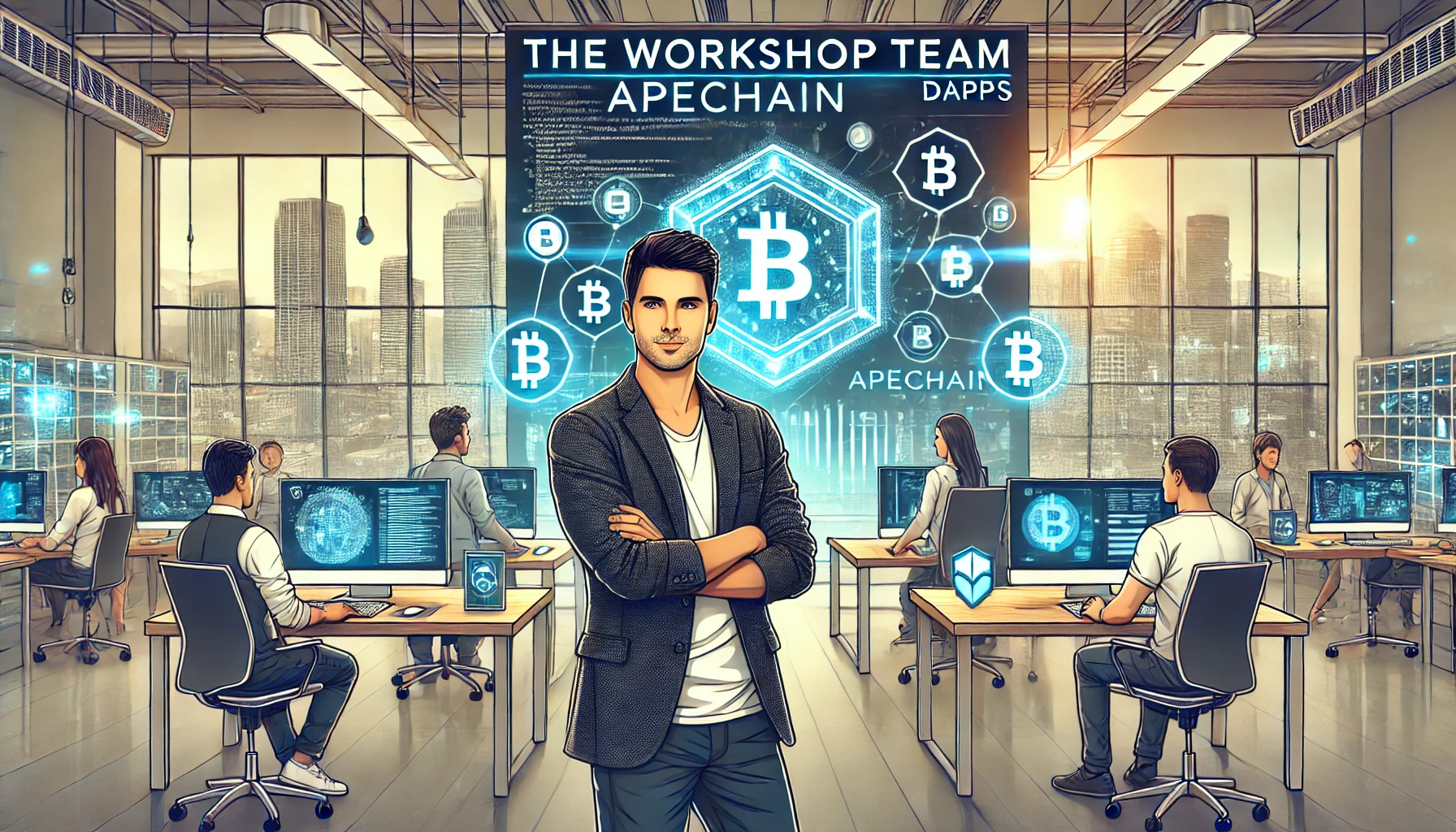
Estimated reading time: 8 minutes
Virtual Reality (VR) technology refers to using computer technology to create a simulated environment that users can interact with in a seemingly real way through special electronic equipment, such as a headset with a screen or gloves fitted with sensors. Unlike traditional user interfaces, VR places the user inside an experience, enabling them to interact with 3D worlds. The technology makes these environments as convincing as possible by simulating as many senses as possible, such as vision, hearing, touch, and even smell.
The importance of inclusivity in the modern workplace is paramount. It ensures all employees can contribute fully and effectively. This is regardless of physical abilities, cultural backgrounds, or other differences. An inclusive workplace promotes diversity, equality, and access for all. This enhances creativity, boosts corporate reputation, and increases satisfaction and retention among employees. VR technology significantly helps advance these goals. It creates more engaging and accessible work environments.
Table of contents
Breaking Physical Barriers
VR technology is particularly transformative for employees with disabilities, as it provides them the tools to participate fully in work environments that might otherwise be inaccessible. For instance, VR can simulate physical tasks and environments, allowing people with mobility impairments to experience and manage workspaces virtually. This technology enables the creation of customized virtual experiences that can be adjusted to meet individual needs without the physical constraints of the real world.
Examples of VR applications that foster accessible workspaces include:
- Adjustable Work Environments: Designers tailor VR systems to specific physical needs. They can customize virtual workspaces for wheelchair users by adjusting desk heights. They also arrange virtual office layouts for easy access and mobility.
- Simulation Training: VR simulates work-related scenarios with enhanced visual aids. It also includes audio descriptions for those with visual impairments. This enables these employees to navigate and perform tasks more effectively.
- Communication Enhancements: VR offers auditory support for those with hearing impairments. It incorporates real-time captioning and sign language avatars to aid communication.
Also read: What are Stablecoins: Everything you need to know
Enhancing Cultural Understanding and Diversity
Virtual Reality (VR) is crucial in enhancing cultural understanding and diversity in the workplace. By providing immersive experiences that transport users to different cultural settings, VR allows employees to experience and appreciate diverse perspectives and ways of life without leaving their work environment. This immersive exposure can significantly broaden employees’ understanding of global cultures, promoting a more inclusive and respectful workplace.
VR training programs foster understanding by simulating real-world interactions and social settings globally. Employees can virtually participate in international business meetings and navigate diverse work environments. They can also engage in role-playing scenarios requiring cultural sensitivity. These programs often include guided experiences. They help employees recognize and challenge their cultural assumptions and biases, fostering a more inclusive workplace culture.
Empathy and Bias Training
Immersive VR experiences are also incredibly effective in empathy and bias training. By placing users in the shoes of others, VR can provide powerful, first-person experiences of discrimination or bias. For instance, simulations can allow individuals to experience the workplace as a colleague of a different race, gender, or background, revealing the subtle social biases and interactions that might go unnoticed.
The impact of such VR scenarios on workplace dynamics can be profound. Studies have shown that empathy-driven VR training can significantly reduce racial and gender biases by helping individuals understand discriminatory behavior’s personal and social impacts. Furthermore, these experiences can foster stronger interpersonal relationships among team members by breaking down social barriers and enhancing mutual understanding.
Also read: Crypto Slang: Terms You Need to Know
Accessibility Innovations in VR
Recent advancements in Virtual Reality (VR) technology have significantly improved accessibility, making VR experiences more inclusive for individuals with various disabilities. Notable innovations include haptic feedback, voice commands, and controller customization:
- Haptic Feedback: This technology provides tactile sensations to users, particularly beneficial for those with visual impairments. Haptic feedback can simulate the feel of virtual objects and environments, enhancing the sense of immersion and providing a new way to interact with digital content. This feedback helps users with sensory impairments navigate and understand virtual spaces more effectively.
- Voice Commands: Voice recognition technology integrated into the VR environment allows users to control it through spoken instructions. This is invaluable for users with mobility or visual impairments who might find traditional controllers challenging to use. Voice commands enable hands-free interaction, making VR more accessible and inclusive.
- Controller Customization: Customizable controllers cater to a wide range of physical abilities. Users can modify a controller’s setup to fit their needs, whether adjusting for one-handed use or configuring the buttons for easier accessibility. This flexibility allows individuals with physical disabilities to engage with VR on an equal footing with others.
The importance of designing Virtual Reality (VR) experiences that are inclusive of all users cannot be overstated. Creating accessible VR content means considering the diverse needs of individuals with sensory, cognitive, and physical disabilities. This involves hardware adaptations, software, and content design, ensuring that all users can navigate, understand, and benefit from VR without unnecessary barriers.
Improving Remote Collaboration
VR technology is revolutionizing the way teams collaborate, especially in remote settings. By creating a sense of presence and community, VR helps bridge the gap between physical distance and virtual interaction:
- Sense of Presence: VR provides a real-time, immersive experience replicating being in the same room with colleagues. This presence helps foster a stronger connection among team members, making remote meetings more engaging and productive.
- Enhanced Communication Tools: VR platforms offer tools that improve communication among dispersed teams. These include shared virtual whiteboards, real-time document collaboration, and spatial audio, which allows users to hear sounds from specific directions within the VR space, mimicking real-life interactions. These tools enable teams to collaborate more effectively as if they were co-located, boosting creativity and efficiency.
Also read: What You Should Know: Bull And Bear Market Dynamics
VR in Recruitment and Onboarding
Virtual Reality (VR) is transforming the recruitment and onboarding processes by making them more inclusive and engaging. In recruitment, VR allows candidates to experience the work environment virtually, providing a realistic feel of the office culture and dynamics before joining the company. This can be particularly useful for remote candidates or those relocating, as it gives them a clear idea of their potential workplace, helping them make informed decisions.
For onboarding, VR offers an innovative way to welcome and integrate new hires into the company. New employees can take virtual office tours, meet their team members, and engage in training exercises, all within a controlled and immersive environment. This early immersion can ease the transition, reduce first-day anxieties, and build a sense of belonging from the start.
Challenges and Considerations
Despite the benefits, Virtual Reality (VR) technology comes with its challenges and ethical considerations:
- Motion Sickness: VR can trigger motion sickness in some users, caused by the mismatch between what they see in the virtual environment and the physical motion their inner ear detects. Minimizing this requires careful design of VR experiences to reduce the likelihood of nausea.
- Content Quality: High-quality, accurate content that avoids reinforcing stereotypes is needed. Poorly designed VR experiences can perpetuate biases rather than eliminate them, so using well-researched and sensitive content is crucial.
- Ethical Considerations: Deploying VR, especially in contexts like empathy training or bias reduction, raises ethical questions about consent, privacy, and the psychological impact of immersive experiences. Organizations must consider these factors to ensure responsible use of VR tools and prevent harm to users.
Conclusion
The transformative potential of VR to make workplaces more inclusive is significant. It removes physical barriers and enhances cultural understanding. VR provides immersive training experiences, creating more equitable and supportive environments. As VR technology evolves, its role in diversity and inclusion strategies will expand. This will offer new ways to engage employees and foster an inclusive workplace culture. This evolution requires ongoing evaluation of ethical implications. It also necessitates continual refinement of VR content to meet the diverse needs of all employees.
Frequently Asked Questions
VR is a technology that creates a simulated environment using computer technology. In the workplace, VR serves for training, collaboration, and enhancing inclusivity by simulating real-world scenarios. Employees interact with these simulations, allowing for immersive experiences regardless of their physical location.
VR technology helps create accessible work environments for employees with disabilities by simulating physical tasks and customizing workspaces. VR can adjust environments to suit mobility visual, or auditory needs, helping to level the playing field for all employees.
Yes, VR can enhance cultural understanding by providing immersive experiences that expose employees to different cultures and perspectives. VR training programs help employees appreciate diversity, improve cultural competency, and foster a respectful and inclusive workplace environment.
Challenges include the risk of motion sickness, the need for high-quality content that avoids stereotypes, and ethical considerations such as privacy and the psychological impact on users. Addressing these challenges is crucial for effective and responsible VR implementation.
The future of VR in diversity and inclusion looks promising as technology continues to evolve. It is expected to play a larger role in recruitment, onboarding, and continuous training, providing innovative ways to engage employees and promote inclusivity within the corporate structure.
Related Posts
Discover more from The African Crypto
Subscribe to get the latest posts sent to your email.












